Africa
Despite operational challenges in 2015, analysts say that African capital markets are expected to see a gradual pickup in growth in 2016.
The markets are expected to raise Initial Public Offers (IPOs) worth $3.1 billion.
The president of African Securities Exchange Association, ASEA and Chief Executive Officer, Nigerian Stock Exchange, NSE, Oscar Onyema disclosed this in Lagos.
He said many countries in sub-Saharan Africa are expected to see a gradual pickup in economic growth in 2016, Vanguard online reports.
According to research by Reuters, African initial public offers (IPOs) are set to raise over $3 billion this year, doubling the amount raised in 2015 and the highest value raised in any year since 2010.
Onyema stated that Technology, Consumer Essentials and Industrial sectors are set to be the busiest among the 15 IPOs in the pipeline.
“Now, what does this mean for us? It means that we must position African capital markets as a viable funding source for the anticipated growth, and liquidity is the key success factor to this goal, ” he added. The ASEA President emphasized that sub-regional integration efforts such as the West African Capital Market Integration in West Africa, Committee of Southern African Stock Exchange in Southern Africa and the East African Community are important initiatives that have potential to unlock demand among issuers and boost liquidity.
An International law firm, Baker & McKenzie had earlier announced that African companies are likely to launch more than a dozen initial public offerings (IPOs) this year, defying commodity price drops and capital flight from emerging markets.





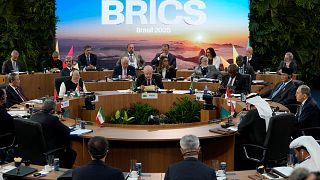
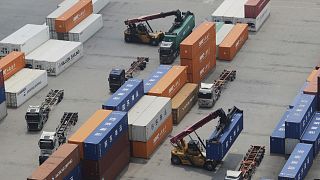
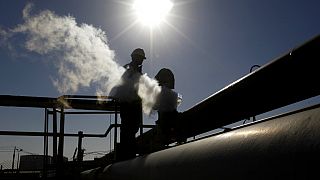
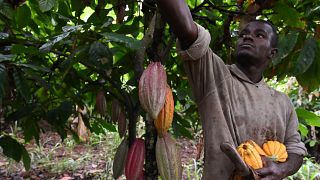
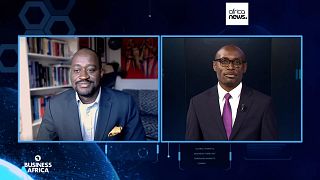
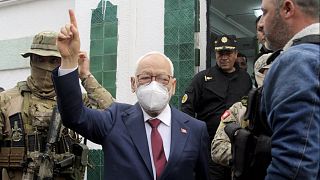


Go to video
Paraguayan town celebrates vibrant Kamba Ra'anga festival with masks, fire and tradition
01:47
Chinese city of Xuchang is world's biggest producer of wigs
01:15
U.S. considers adding more African countries to travel ban
00:52
Botswana cuts back on diamond production amid weak global demand
01:00
Renewed calls to end plastic pollution on World Environment Day
00:52
Bill Gates says most of his $200 billion fortune will go to Africa over next 20 years